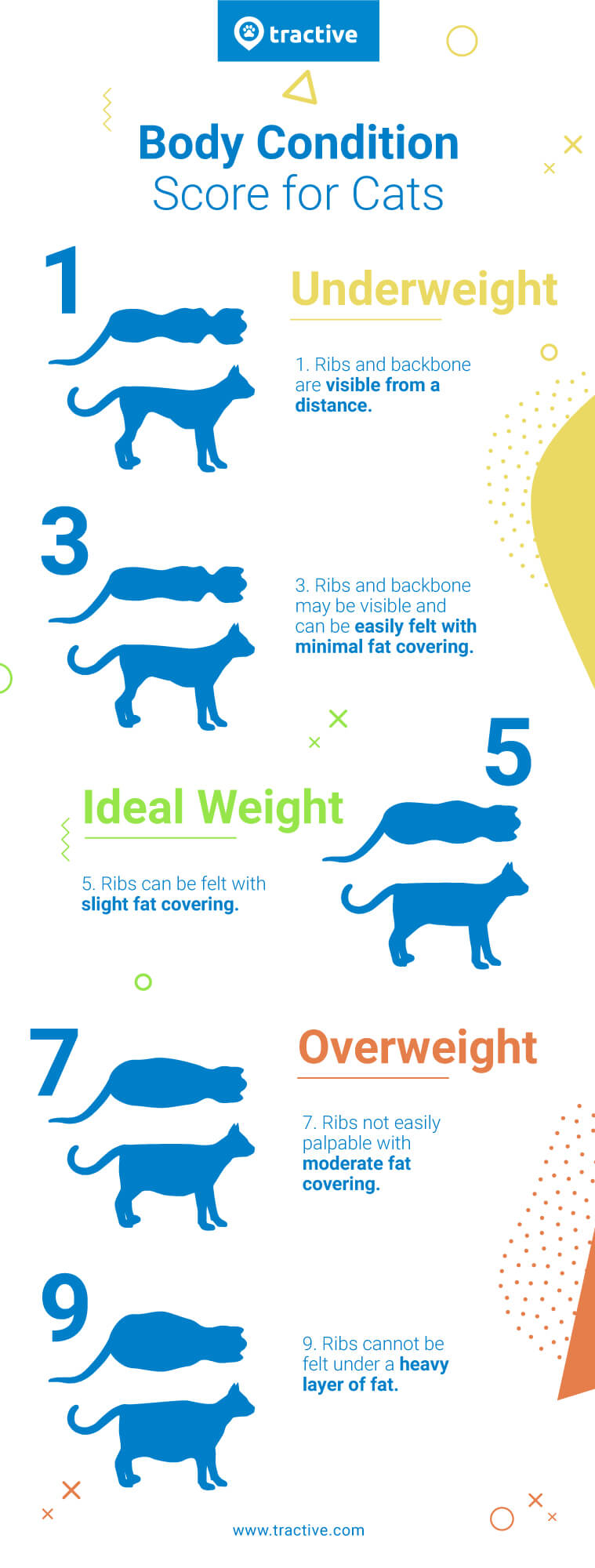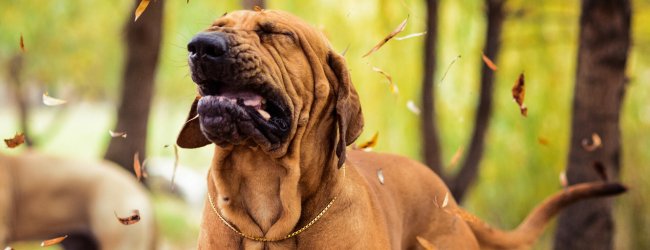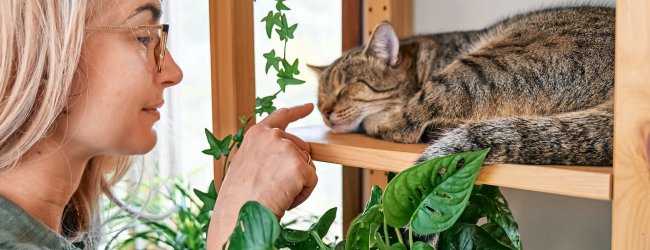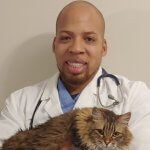 Approved by Dr. Dwight Alleyne, DVM
Approved by Dr. Dwight Alleyne, DVM How To Help An Overweight Cat Lose Weight
Got an overweight cat at home? Wondering how they got there - and how to help them lose some pounds? Here's how to get started - and stick to their weight-loss routine for the long run.
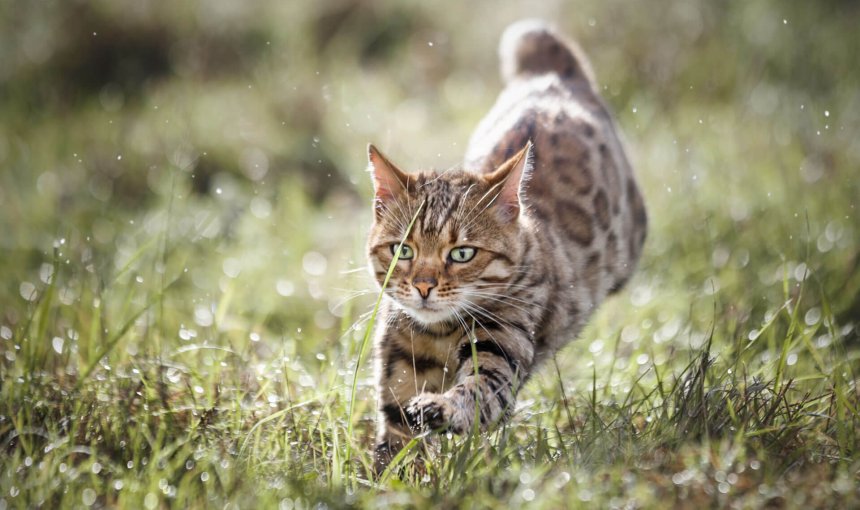
You might find yourself smiling looking at pics of overweight cats online – but it’s less funny when you remember the kind of health issues that accompany it.
Obesity in cats is on the rise and it’s bad news for our furry friends – and for us. Because left untreated, an overweight cat’s weight problem will ultimately lead to worse health and lower quality of life.
So what can we do to help our cats get healthy and lose weight? Here we cover a couple of ways – plus how tracking your cat’s daily activity can help you stay motivated for the long run.
Overweight cats: A growing issue
According to a 2018 study by the Association for Pet Obesity Prevention, 59.5% of cats in the U.S. are classified as overweight or obese¹. So if you’re wondering if your cat is overweight…chances are they probably are.
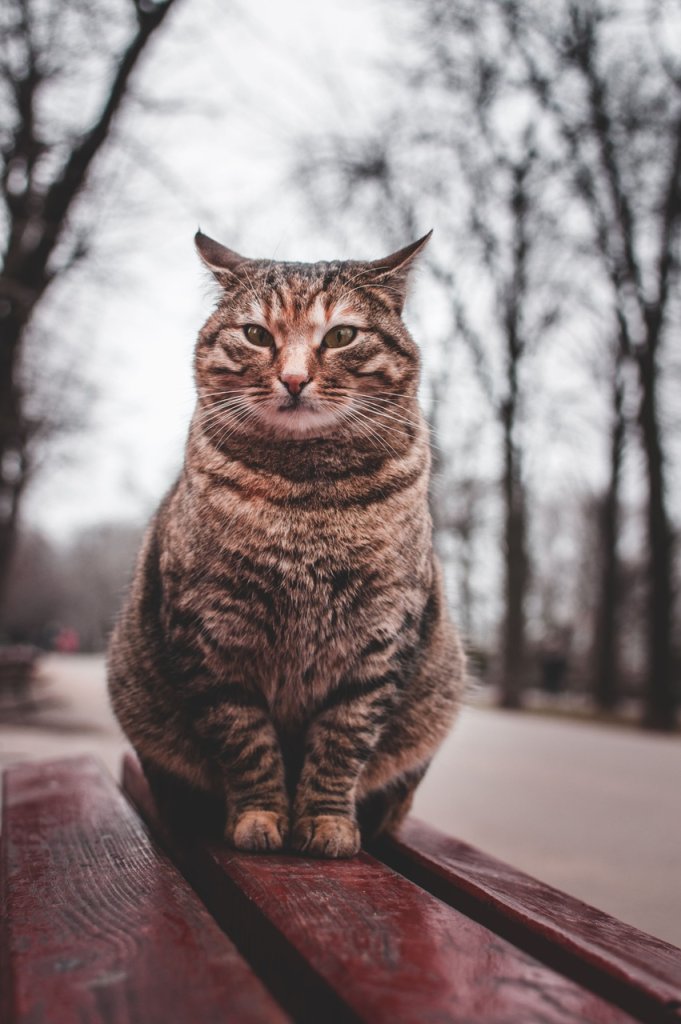
But what is obesity exactly? Obesity is the accumulation of excess body fat. Your cat may be overweight, and not considered obese, but still have excess body fat that could be hurting their overall health and well-being.
Yes, #fatcatsneedlovetoo! But not only belly rubs and encouragement. A vet-approved and carefully implemented weight reduction plan is the best way to help your overweight kitty take back their full health.
How do I know if my cat is overweight?
On average, domestic cats should weigh about 8 – 10 pounds (3.6 – 4.4 kg).
- However, factors like your cat’s age and breed can also play a role in their weight.
- If they weigh 10-20% heavier than the ideal weight, a cat may be classified as overweight.
- If a cat’s body weight is 20% or more than what is considered normal or healthy, then the cat is classified as obese².
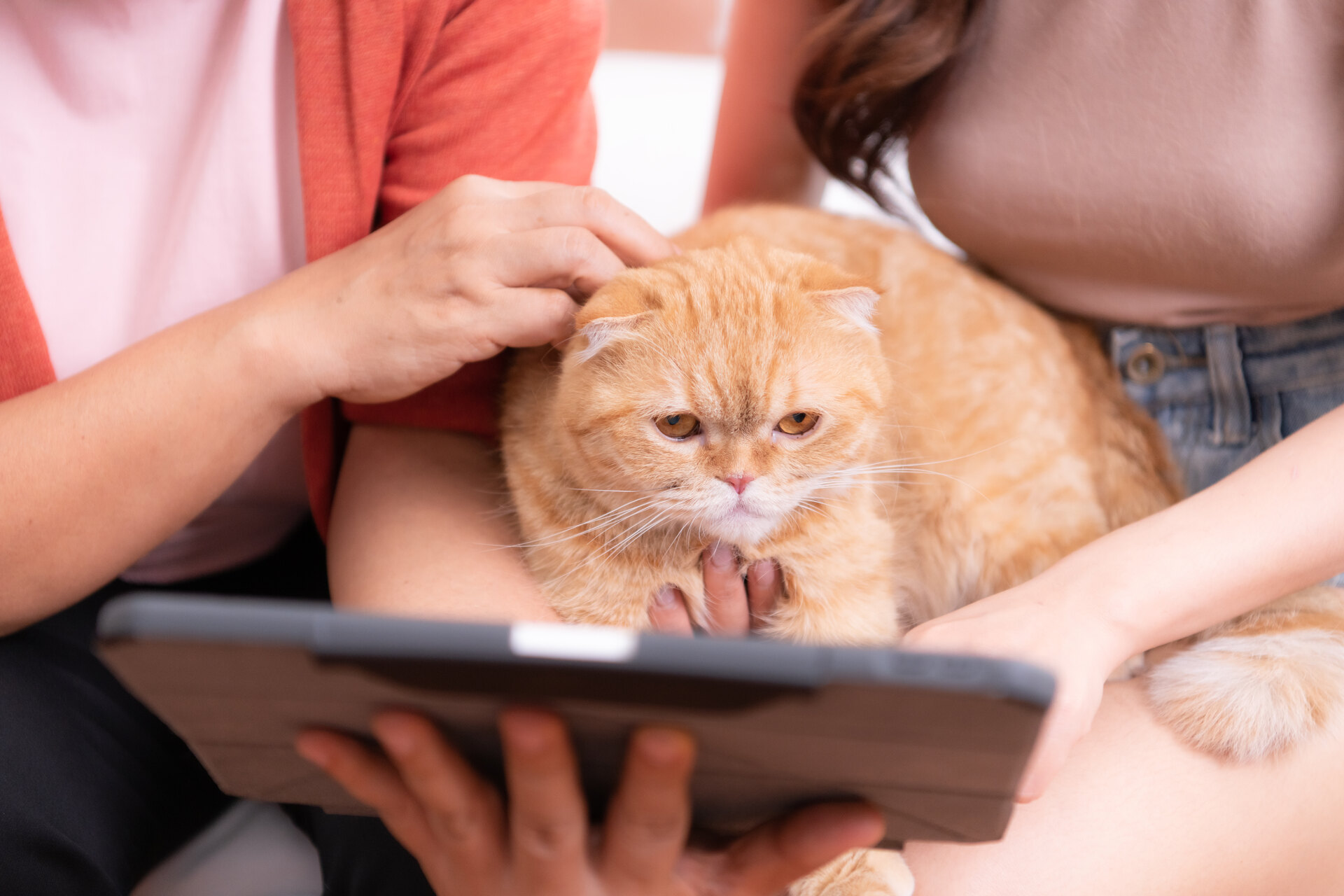
But since overweight cats are, well, pretty popular on the internet – you might look at yours and think, “But mine looks pretty normal – are they really overweight?”
Which is why it’s a good idea to talk to your vet to determine your cat’s ideal weight – and if they should be considered underweight, normal, overweight or obese.
Else, you could also use a…
Cat body condition score chart
A body condition score chart for cats can help you check and assess the weight of your cat. It uses 9 different ratings to describe a cat’s body weight and condition.
Start by running both hands, palms down, across your cat’s rib cage. Take a look at your cat from the side and above. That way, you can make use of the scale below and determine if your cat is underweight, at an ideal weight, or overweight.
Just keep in mind: a body condition score of 4.5-5 is considered the healthy range for cats.
What kind of health problems might an overweight cat experience?
Overweight cats are more likely to live shorter lives than their healthy-weight counterparts. They’re also more likely to face a wide range of potential health problems. Including:
- Arthritis
- Joint stress and injuries such as hip dysplasia
- Diabetes mellitus
- Heart disease
- High blood pressure
- Urinary tract disease
- Cancer
- Decreased immune function
- Dystocia (birthing problems)
- Breathing problems
- Hepatic lipidosis (fat deposits in liver)
Because of this, we strongly recommend you don’t take obesity in cats lightly. Consult your vet to determine which weight-reduction measures are right for your feline.
Why is my overweight cat wheezing or snoring?
If your cat is overweight, the chances of them wheezing or snoring are higher. This is because there is excess fat in the tissues surrounding the cat’s airways.
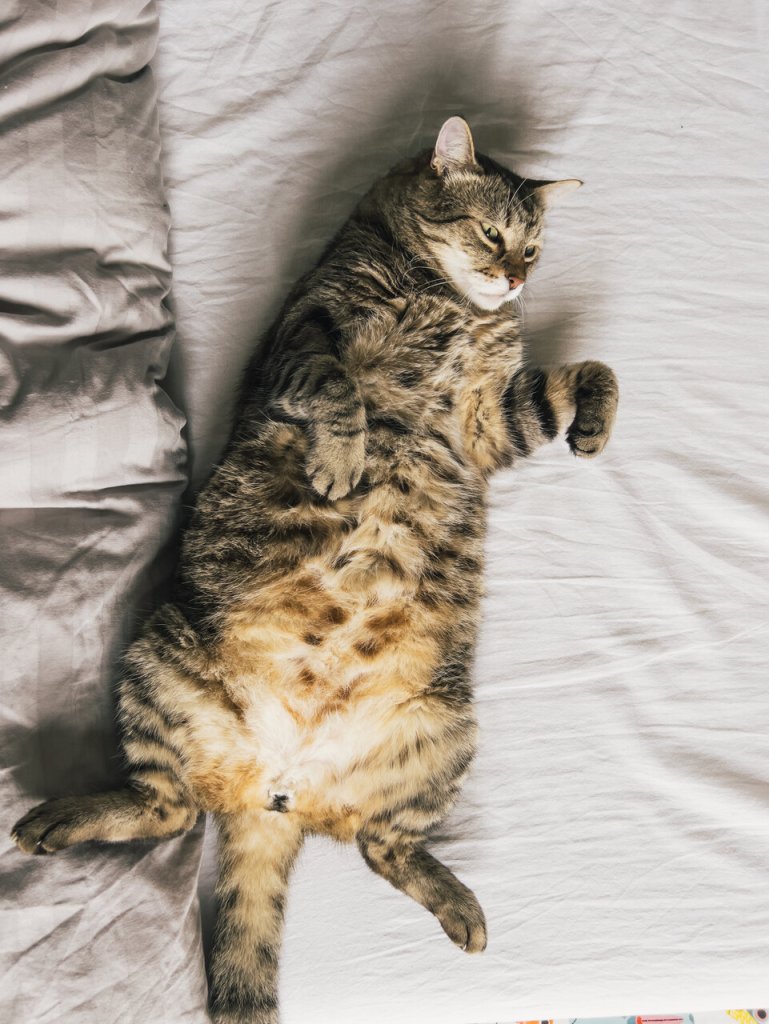
If your cat is wheezing or snoring, it could also indicate another serious health issue, such as upper respiratory infections, asthma, or a heart or lung condition.
Make sure to drop by your vet if you notice abnormal wheezing or snoring in your overweight cat.
Causes of obesity in cats
Like in humans, cats can become overweight for a variety of reasons, including overfeeding, lack of exercise, old age and a slowing metabolism.
But in general: just like us, cats gain weight when they eat more calories than they burn. This excess energy gets stored in their bodies as fat.
So here are some of the main causes of weight gain in cats:
1. Diet & Feeding
Diet and feeding often play a big role when cats become overweight. Diets high in carbohydrates and fats, rather than protein, can especially lead to weight gain.
In the wild, cats would naturally consume a protein-rich diet based on meat. Plus, they’d be on the move more often – keeping them trim enough to run away from predators and chase down prey.
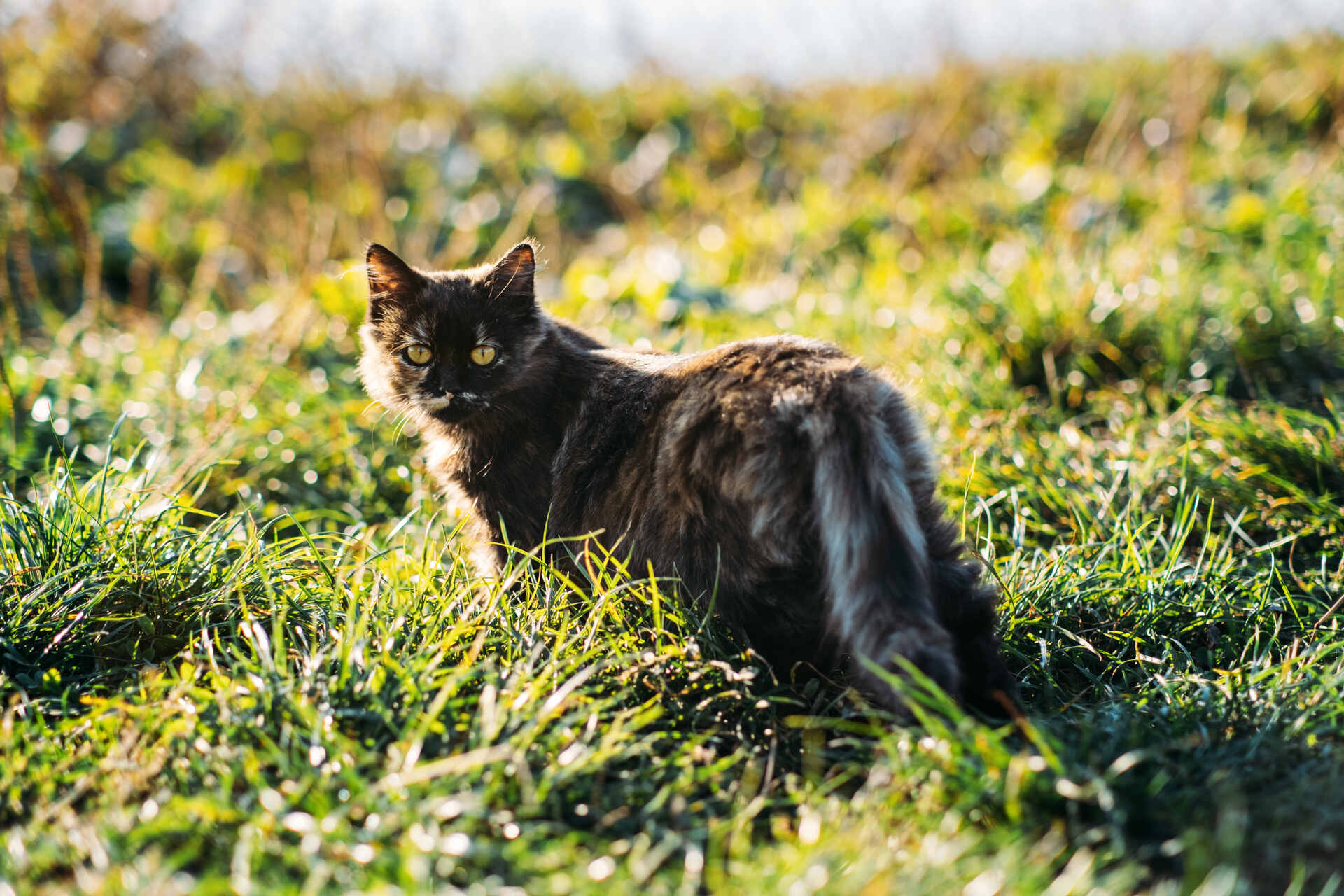
Another culprit is free feeding, or letting a cat eat at anytime of day by leaving out a bowl of dry food for them. Dry food often contains a high amount of carbohydrates and fat, leading your cat to put on the pounds.
⚠️ In fact, free feeding is one of the main causes of obesity in cats.
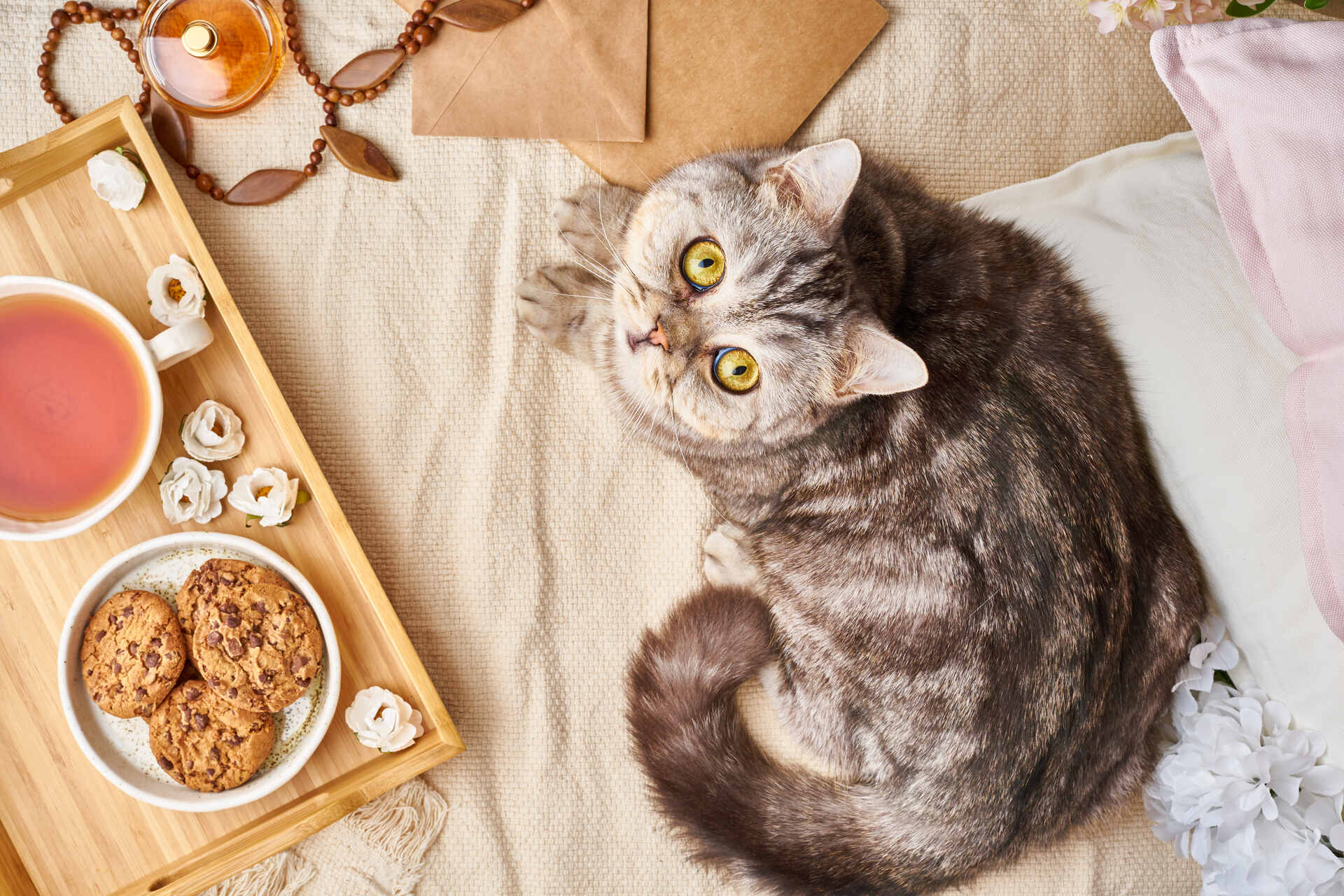
Which is why it makes sense to take a good hard look whether:
- You or someone else in your family has been overfeeding the cat
- Your cat’s portion sizes are a sensible amount
- If your cat’s being fed by a neighbor (or two. Or three.)
Once you’ve figured this out, make sure you discuss a new feeding plan with your vet – ideally, one that contains high-protein ingredients in more sensible portion sizes. Your vet might prescribe you a special weight-loss diet to help your cat get the nutrients they need – while also helping them shed some pounds.
Read more: Cat Feeding Schedule: How Often Should I Feed My Cat?
💡But how do you figure out where your cat’s getting fed throughout the day? Simple: track where they’re off wandering.
Yes, even your indoor cat might sneak out for some extra treats and nibbles from elsewhere.
So if you’re tracking their movements, it can actually help you figure out if they’re wandering into your neighbor’s gardens or raiding your local dumpster.
In fact, vets even use the term “garbage gut” to describe cases of gastroenteritis in pets that have scavenged food from trash heaps – leading to worse health problems down the line.
But if you’ve invested in a dedicated cat GPS tracker – that means you can now check where your cat’s off wandering – with just a glance at your phone.
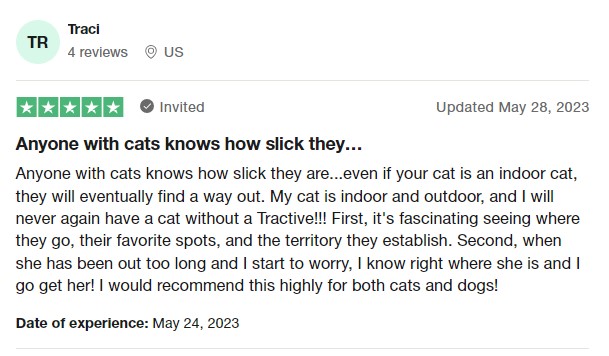
Read more: What Can Cats Not Eat? (And Why Not?)
2. Activity & Exercise Level
Cats, dogs, and humans all need at least a bit of physical activity to stay healthy and live their best lives. Which might be easier if you’ve got an outdoor cat that tends to wander around their territory hunting prey and exploring.
But if you’ve got an indoor cat…well, it’s less likely they have as much room to explore. Plus, unlike in the wild, they have easy access to nearly unlimited food sources.
Soon enough, their activity might not be enough to burn off the calories they eat. Leading to weight gain and health problems down the line.
Read more: How To Get A Cat To Exercise: Keeping Our Feline Friends Happy and Healthy
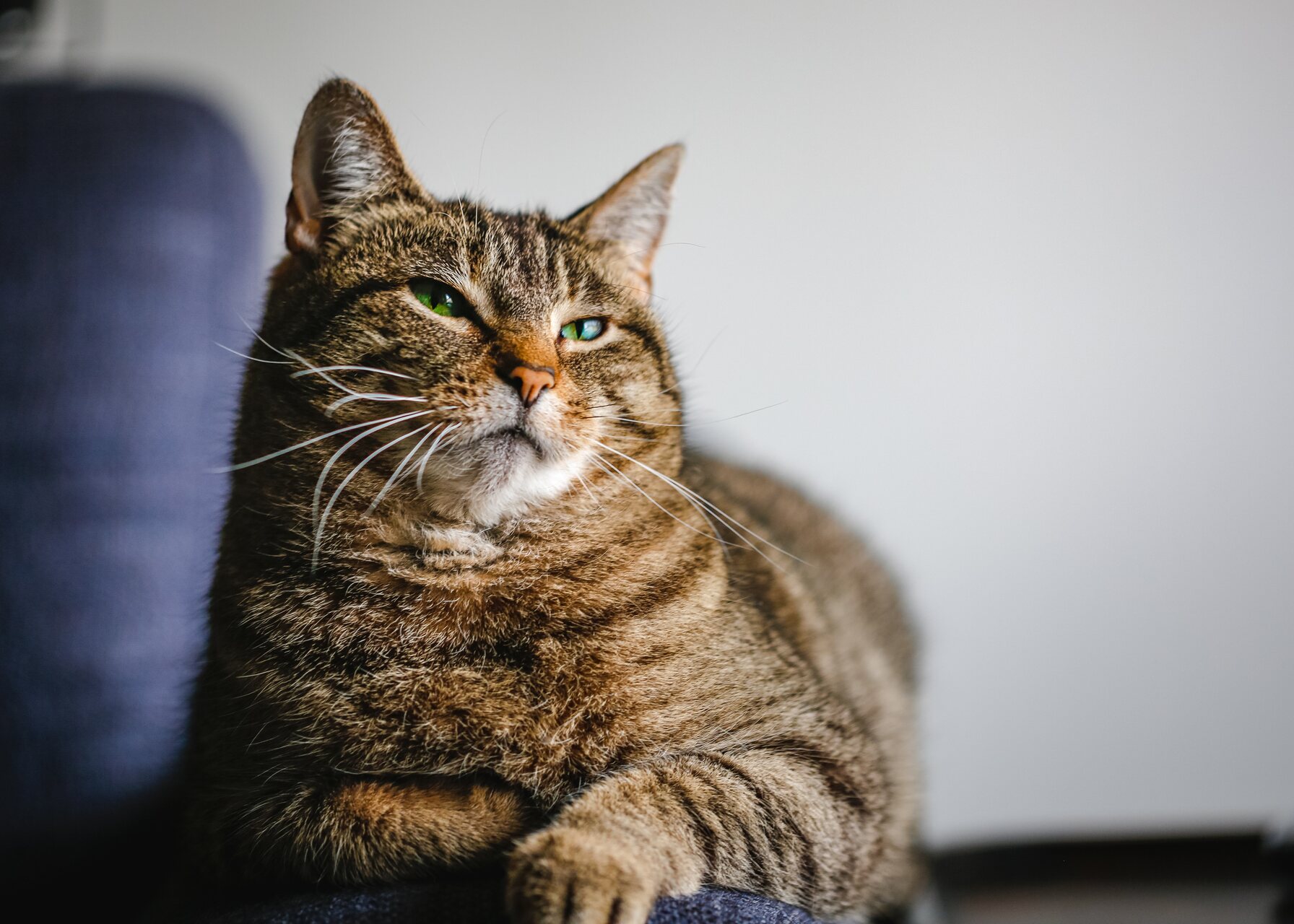
💡But if you’ve invested in a Tractive device, you’re in luck. Besides real-time GPS tracking, yours comes equipped with a built-in motion detector – picking up on how often your cat has been on the move all day. (Including playtime!)
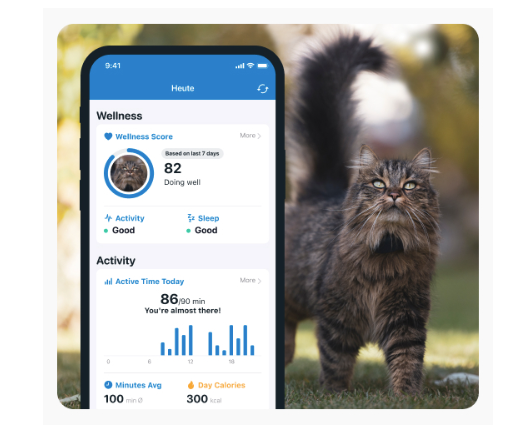
Which, with time, can help you figure out:
- What’s a normal level of activity for your cat
- Whether your cat has reached their activity goals for the day (which you can set and adjust)
- How active your cat is compared to other, similar cats around the world
- Whether there’s an abnormal spike or dip in your cat’s activity. (Which could signal they might be sick or in pain.)
All of this actionable data can help you stay motivated to getting your cat some extra playtime and activity – and sticking to it for the long run.
(Plus, what’s better than a bit of healthy competition seeing your cat getting in more activity than others around the world? It could just be your cat topping the charts if you’re both dedicated enough!)
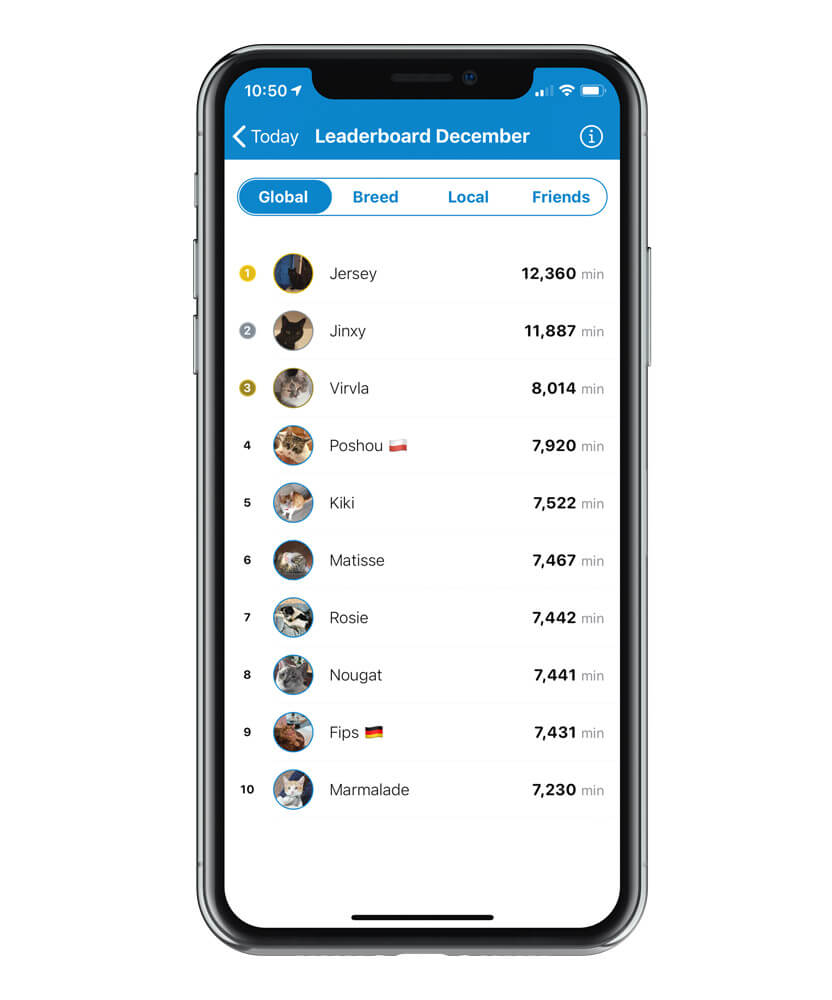
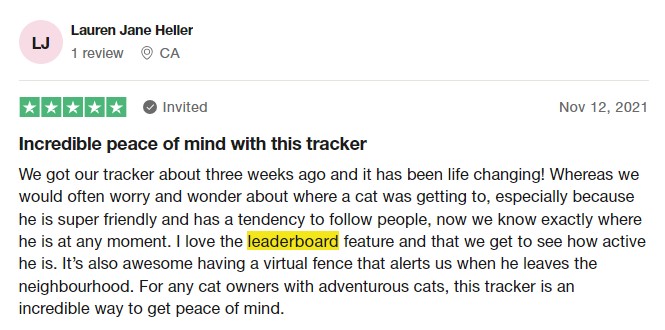
3. Other Causes
Some other factors which may contribute to weight gain in cats include their:
- Breed: Some purebred cat varieties are less likely to carry excess weight than their mixed breed counterparts. For example, British Shorthairs, Maine Coons, and Savannah cats might be more likely to gain weight than other breeds.
- Sex, with male cats being more likely to gain weight than female cats.2
- Whether they’re neutered: Neutered cats might grow a bit less active over time.
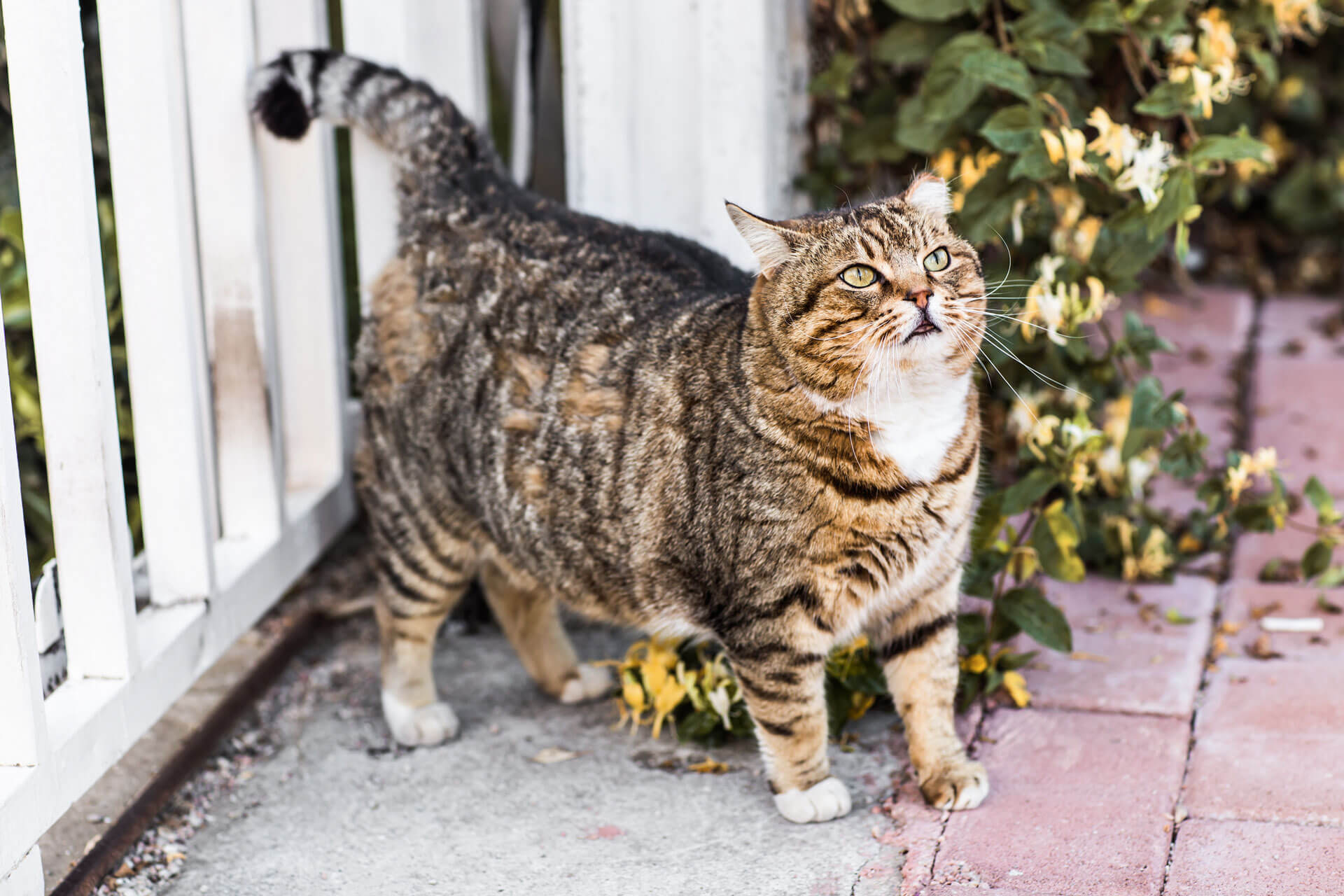
- Age: Older cats are more likely to gain weight than younger cats. (Likely due to slowing down with age – and being less active overall.)
- Medications, especially those that affect appetite (i.e., making your cat feel hungrier than usual) or metabolic rate (i.e., making your cat less active than usual.) All of which can have an impact on weight gain.
So once you’ve figured out your cat’s risk factors, it can better help you come up with a personalized weight-loss plan with your vet.
💡Gaining weight can also be a product of habits – you can always get your cat (no matter their age, sex, or breed) to:
- Take part in playtime if you make it a priority.
- Be extra careful with their mealtimes and portion sizes.
- Track their everyday exercise – and get them some more playtime if you see them slacking off.
So let’s get started with…
How to get a cat to lose weight
If you’re ready to support your cat in living their healthiest life, we’re right there with you. There’s a lot you can do to adjust their feeding and playtime – plus regularly monitor their activity and weight to ensure they’re hitting their goals.
Just remember:
⚠️ Rapid weight loss in cats can lead to serious health problems, like hepatic lipidosis.
So when it comes to helping your cat lose weight, your goal should be gradual weight loss over rapid. Meaning, aim for your cat to lose 1-2% of body weight per week.
As always, work with your vet to figure out how to get started – and stick to your cat’s weight-loss routine.
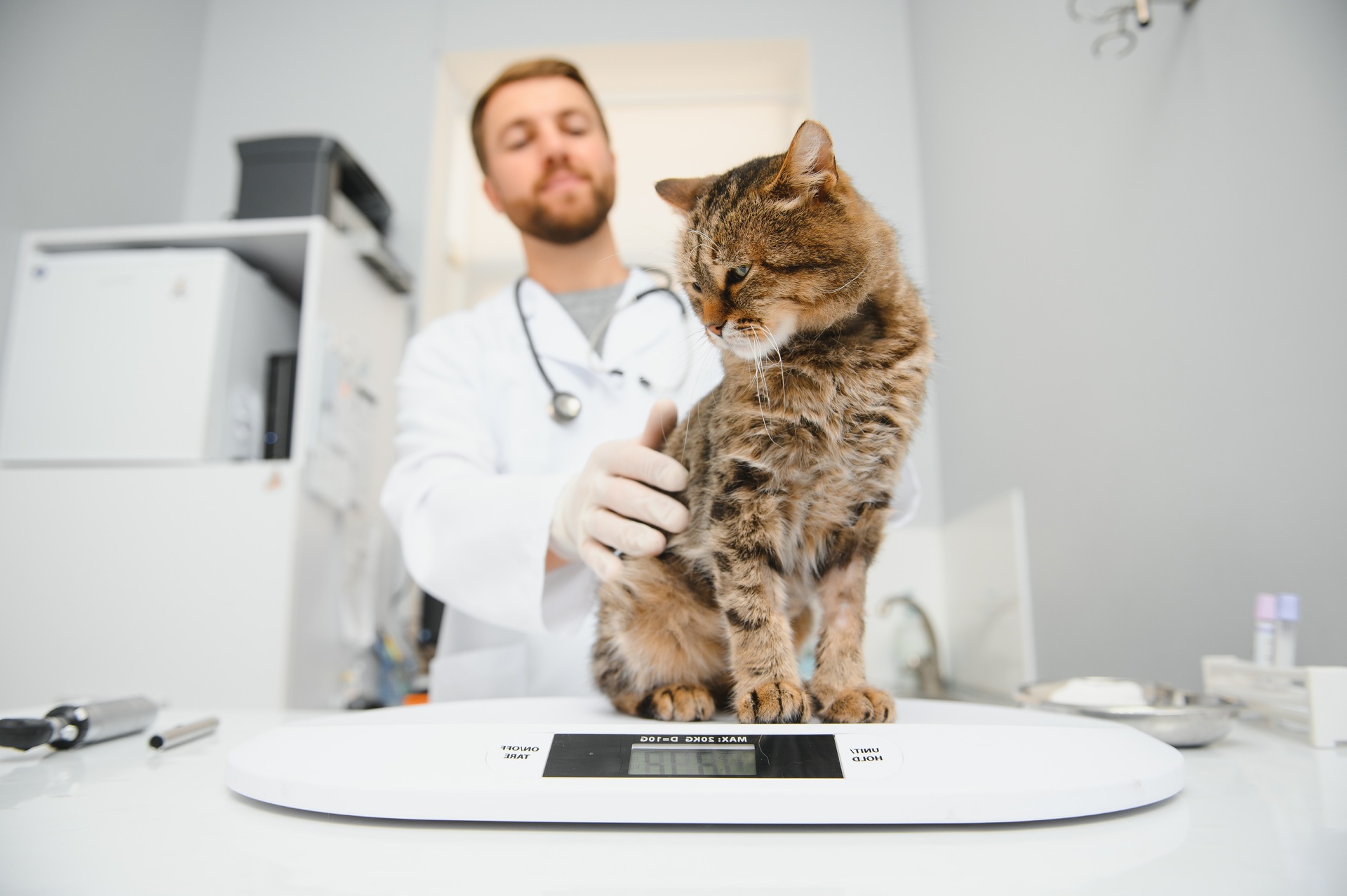
Remember: only your vet will know what’s best for your cat – so make sure to follow their instructions to the T.
Start a calorie-controlled diet.
Some cats tend to be grazers – i.e., nibbling on treats or morsels all day long in small amounts. Which, sadly, can lead them to pack on the pounds over time. Which is where it makes sense to figure out your cat’s current daily calorie intake – and together with your vet, figure out how many calories would be ideal for them to consume per day, in line with your weight-reduction plan.
⚠️ Never put an overweight or obese cat on a diet without the supervision of your vet.
Rather, you could install an automatic feeder that can dispense a specific quantity of food. This can be helpful for portion control and helping your cat eat enough to get all the nutrients they need – without overdoing it on the calories.
Feed your cat at meal times.
As an alternative to free feeding, try feeding your cat meals at a certain time of day, using canned wet food. This canned food contains more protein and a higher water content, which will give your cat a balanced diet and ensure their health in the long run.
In addition, limit treats to 10% of your cat’s diet, and spread them out over play periods. Plus, make sure your cat drinks enough water.
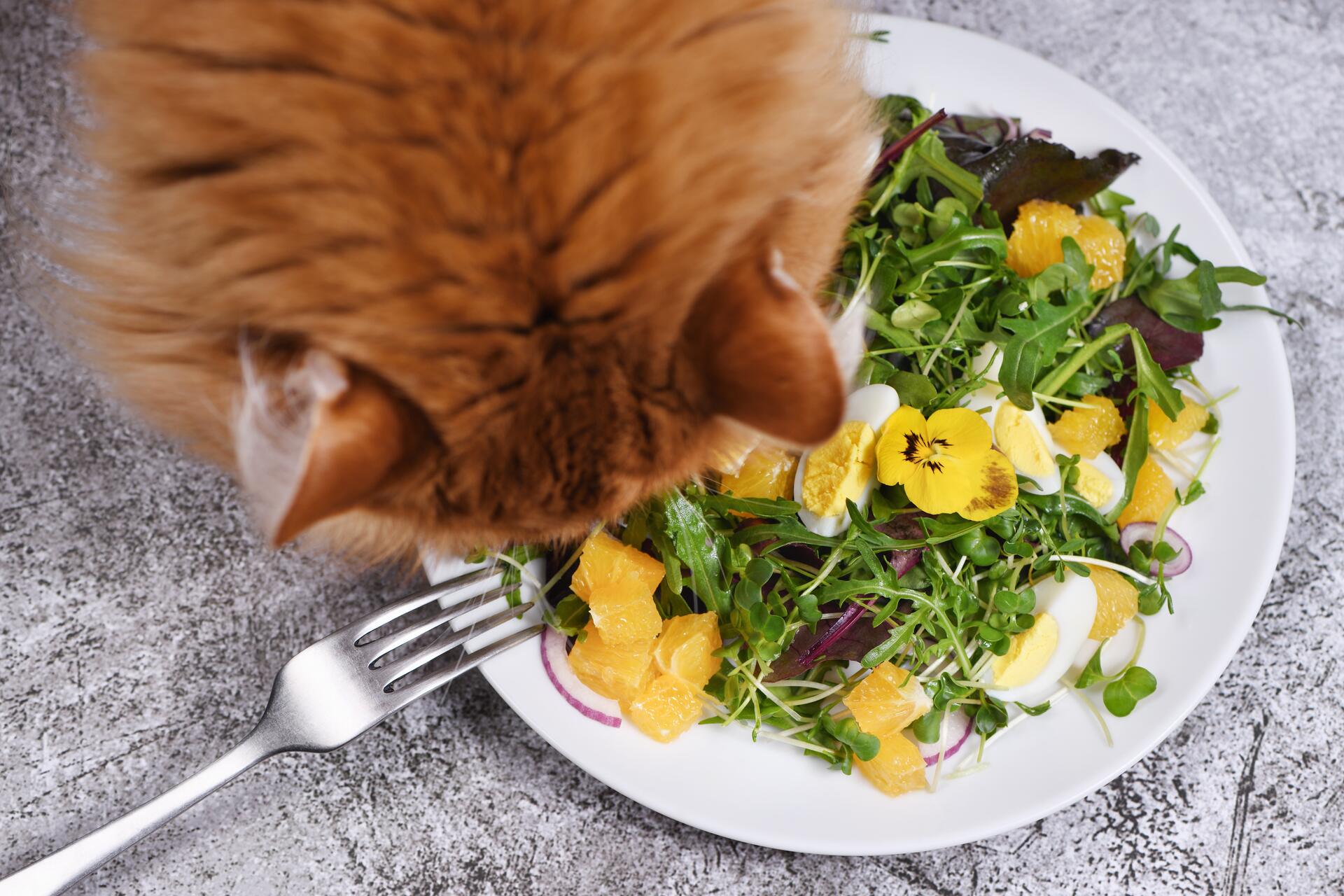
Figure out if your cat’s been getting fed elsewhere
Poking around your cat’s daily habits can help you figure out if:
- Their outdoor wanderings have gotten them some extra nibbles and treats from your neighbors (or worse yet, the local trash heap!)
- One of your housemates, friends, or loved ones has been feeding them extra.
Which is where it makes sense to set some hard boundaries regarding your cat’s diet. One of your kids (or the neighbors’) might just end up feeding your cat something potentially toxic completely by accident, without knowing any better!
Also, make sure to monitor your cat while you’re busy cooking. Even scraps or bits of common kitchen ingredients (like onions, garlic, and mushrooms) can make them very sick if they bite, lick, or taste it by accident.
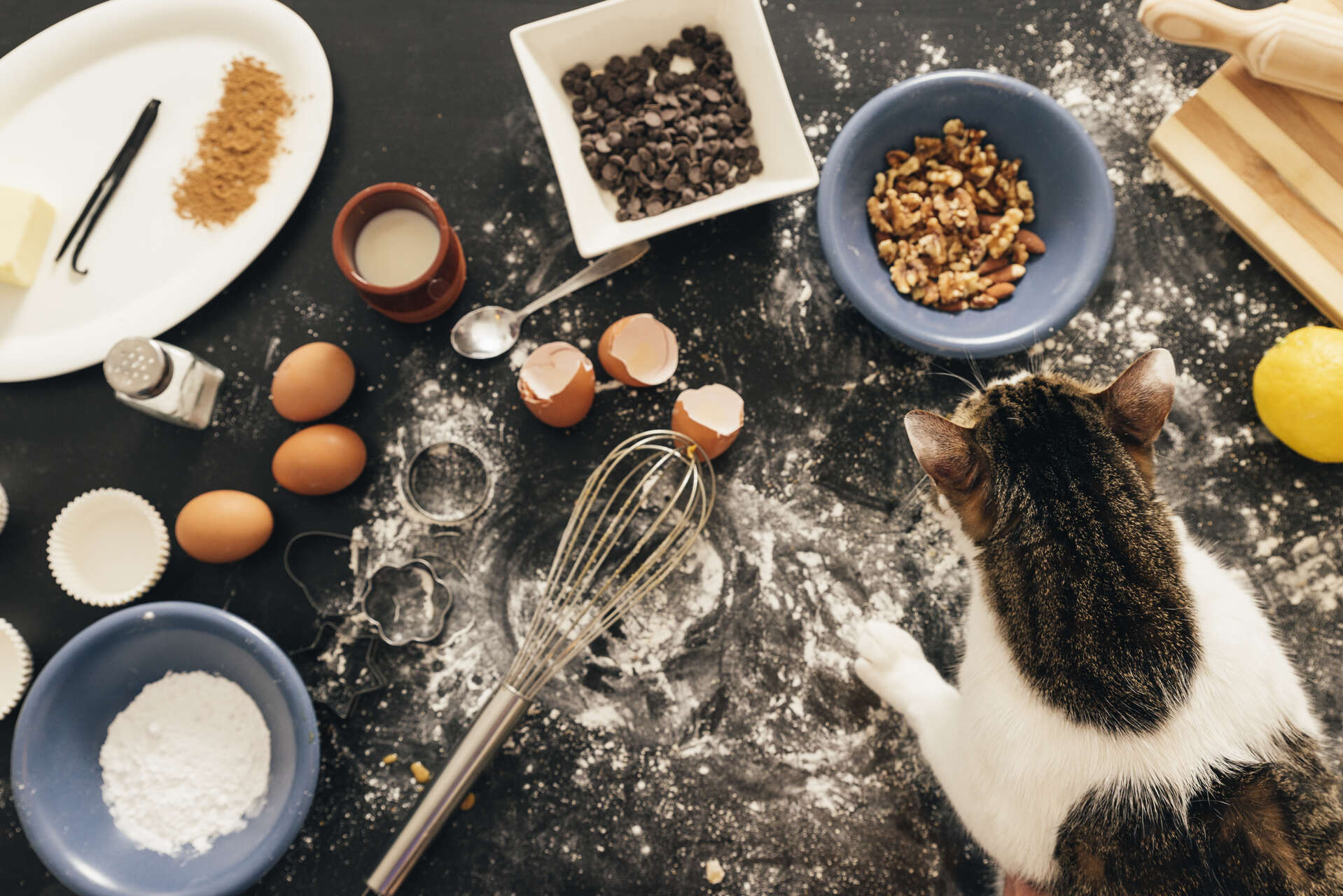
💡Finally, track your cat’s outdoor wanderings. (Even the most indoorsy cat can be highly food-motivated once they’ve found another meal ticket the next block over!)
Which, besides making your cat pack on the pounds, can also open them up to a whole bunch of dangers. Including:
- Eating something fatally toxic
- Coming into contact with other toxic substances (like your neighbors’ pesticide-riddled backyards)
- Getting stolen by a pet thief
- Getting injured by a passing vehicle, another pet, or predator
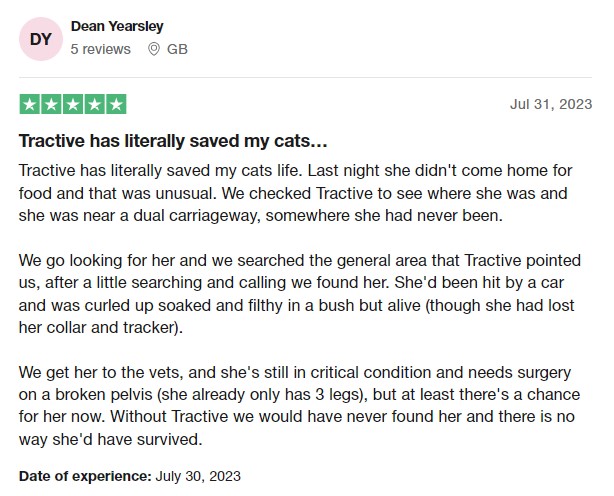
Bump up your playtime & exercise
While quite active in the wild, house cats might seem a bit…well, lazier in comparison. But this may arguably be more due to habits they pick up over time.
So here are a couple of ways you can encourage your indoor cat to get more active:
- Use a food puzzle toy to give them a healthy challenge before feeding.
- Make them go up and down the stairs.
- Encourage a few healthy exercises before feeding.
- Consider letting the cat outdoors to play, chase, hunt, run, climb trees, etc.
- (Gently) see if your cat likes swimming.
Can’t make time for playing with your cat on the regular? Consider getting someone else to do it on days you can’t. (Meaning your kids, a cat sitter, or one of your housemates.)
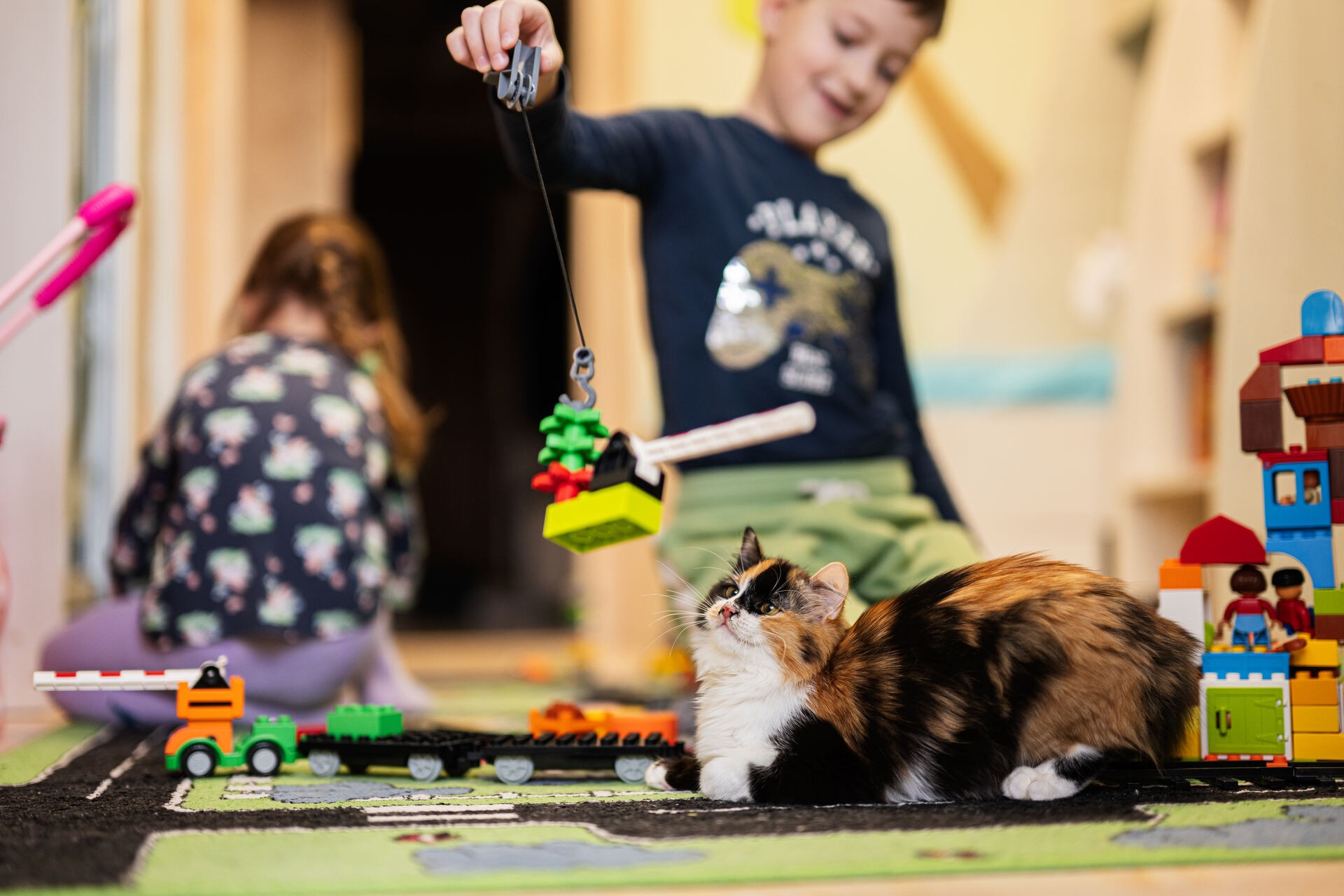
- Cats love boxes– set some up for your cat to jump into!
- Get a cat tree, scratching posts, or vertical perches they can climb on.
- Consider getting a second pet as a playmate.
- Use a kitty-treadmill.
- Encourage your cat’s prey drive with a laser-pointer.
- Invest in some moving toys, such as a robotic mouse.
- Place your cat’s favorite bed in a place where they need to jump to reach it.
💡But most importantly: make playtime a regular priority. Besides helping your cat shed some extra pounds, it’ll also help you two spend some quality time together.
Track your cat’s calories – both eaten & burned
Now we’ve covered how monitoring your cat’s eating habits can go a long way – especially if they’ve been getting a few extra calories than they should. Your vet can prescribe you a special weight-loss diet for your cat that ensures they’re getting enough calories to stay healthy – while also losing weight over time.
But besides the calories your cat is eating, it also makes sense to track how many calories they’re burning from activity and exercise.
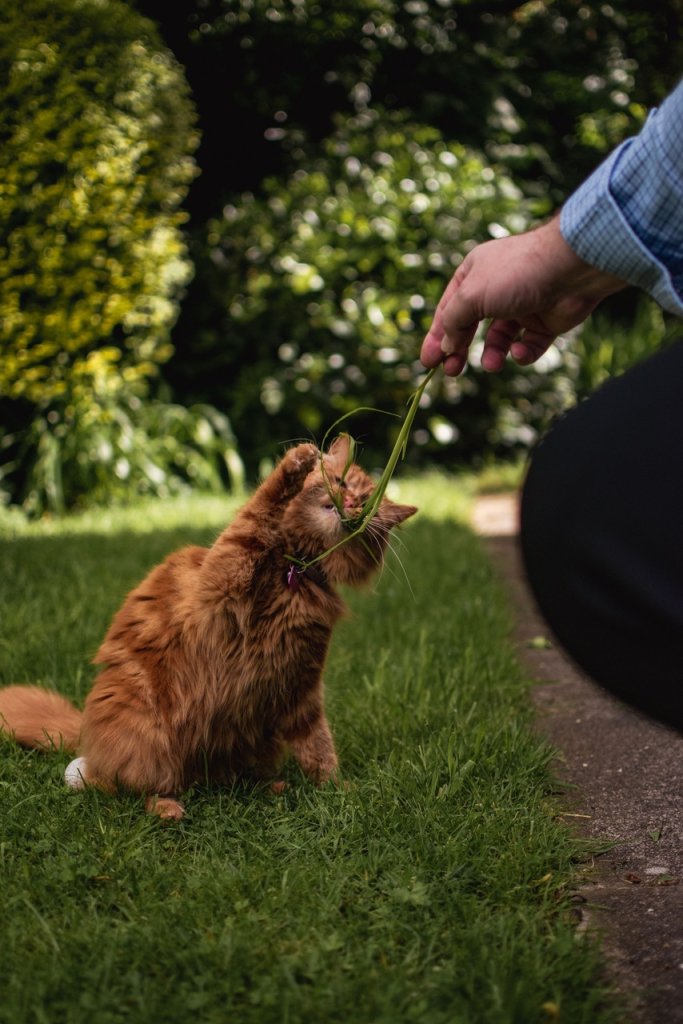
This can help you:
- Better plan out their meals
- Figure out if they need some more playtime
- …and also have a more productive conversation with your vet.
💡Luckily, your trusty Tractive device helps you track how many calories your cat has burned throughout the day. (Plus, set goals to help you reach the number of active minutes your cat needs to be in a calorie deficit.)
So with this actionable data at hand, you can better adjust your cat’s meal and play times – and also catch on to a health issue early. (Like if your cat is losing weight faster than they should, which could signal a more serious health problem.)
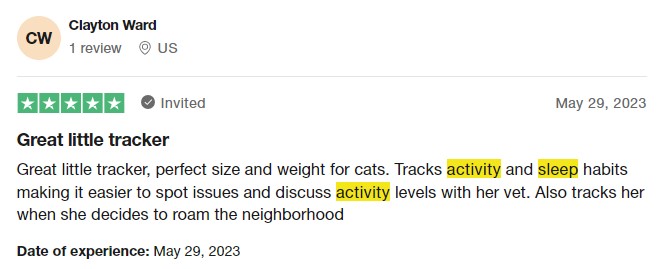
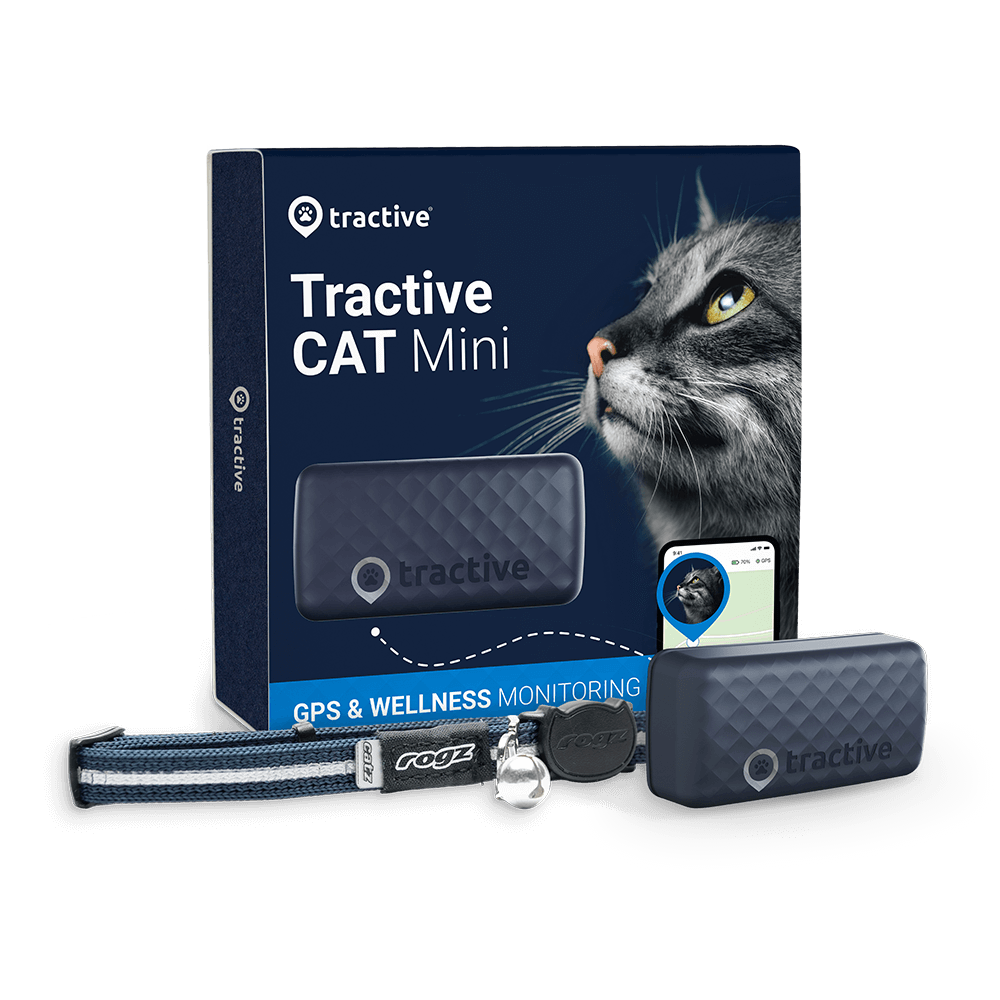
Track your cat’s wellbeing
See how they’re doing at a glance with Wellness Score. Know if they’re getting enough exercise. Spot nap patterns. Detect issues early and keep them healthy.
Want a vet’s take on helping your overweight cat lose weight? Here’s Dr. Goetz from the Arizona Animal Welfare League chipping in:
And if you’ve liked this post, share it with a friend or a loved one – and let’s help build a safer, kinder world for our furry friends together.
Your furry friend’s health and wellbeing means as much as to us as it does to you. So we’ve made it a priority to only share medically-relevant content on our blog.
This post was checked, double-checked, and medically verified by Georgia-based vet, Dr. Dwight Alleyne.
Dr. Dwight Alleyne, DVM
Dwight Alleyne was born and raised in Long Island, New York where his love of animals began. His career for animals began working for a well-known no-kill animal shelter on Long Island.
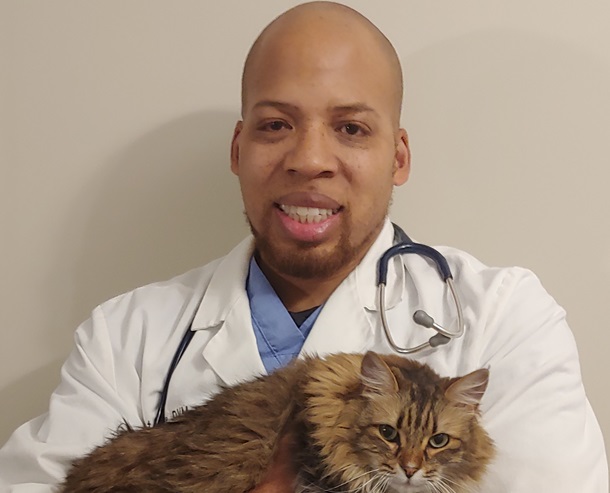
He worked his way up the career ladder working as a kennel technician, veterinary assistant, and then becoming a licensed veterinary technician at the shelter.
His passion for veterinary medicine led to him applying to and being accepted at Cornell University Veterinary where he graduated from in 2006. After completing a small animal rotating internship at Purdue University, he eventually made his way to Georgia where he has been practicing ever since.
Dr. Alleyne has practiced at several small animal clinics throughout Georgia. He has a keen interest in soft tissue surgery and has extensive experience in performing ultrasounds including echocardiograms.
When he is not practicing medicine, Dr. Alleyne enjoys writing and editing pet health articles and providing pet advice through telehealth.
Dr. Alleyne also has his own blog called “The Animal Doctor Blog.” Check it out on: www.anmldrblog.com.
